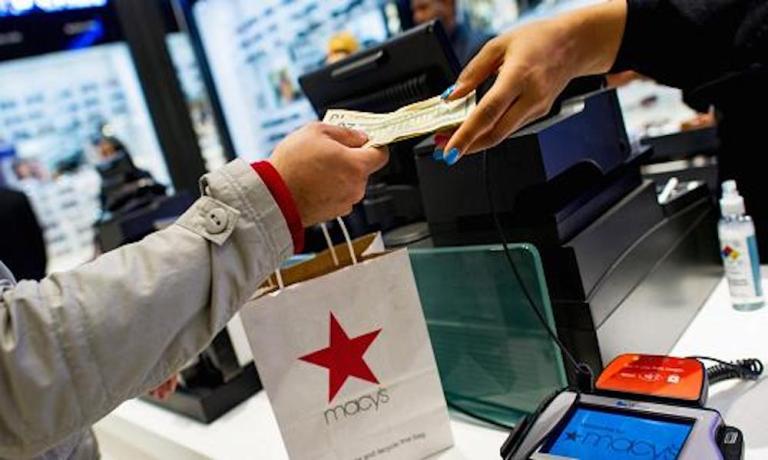
Some good news on the U.S. economic front — according to reports out of D.C., consumer confidence has hit its highest level in five months, driven by a positive outlook on the labor market. Accompanying that news are reports that U.S. house prices increased in June.
Taken together, the two data points are largely being interpreted as signs that the recent uptick in consumer spending might be sustained as opposed to a statistical blip — and that the back half of 2017 may end up looking stronger than the first half.
“Despite a daily dose of worrying headlines, consumers still have plenty to be confident about right now. Home prices are rising, stocks are just off record highs and the labor market is churning out jobs,” said Robert Kavcic, a senior economist at BMO Capital Markets in Toronto. “That should continue to support solid consumer spending growth through the rest of the year.”
The Conference Board reported a consumer confidence index score of of 122.9 in August — up from 120.0 in July. That was the strongest reading since March, when the index hit a 16-year high of 124.9. August was also the second highest reading since 2000. The labor market is near full employment, with the unemployment rate at 4.3 percent.
That confidence and jobs situation accelerated August spending — and provided a shot in the arm of an economy that has only grown 1.9 percent in the first six months of 2017.
“Consumers seem very confident in their ability to find a new job. They also are becoming more bullish on the outlook for stock prices, even as the market holds near record highs,” said John Ryding, chief economist at RDQ Economics in New York.
“The Fed has put significant weight on consumer confidence in forming its views on the economy and, from that perspective, this report supports further rate increases.”
The U.S. central bank has raised rates twice this year. Economists expect the Fed will announce a plan to start reducing its $4.2 trillion portfolio of Treasury bonds and mortgage-backed securities in September and increase rates in December.